What Changed and What Still Matters in SEO today
Herein this article, we discussed what changed and what still matters in SEO presently. What Changed and...

Herein this article, we discussed what changed and what still matters in SEO presently. What Changed and...
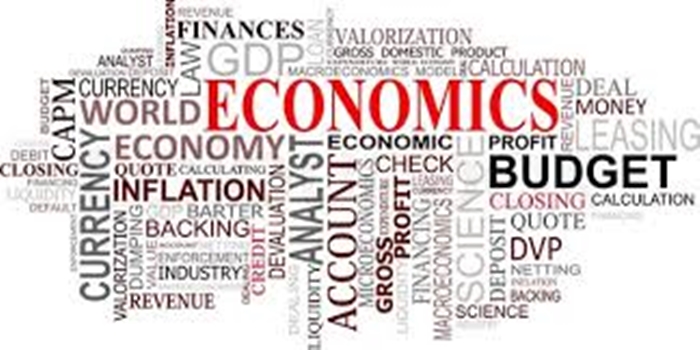
Introduction Economics Behind Everyday Decisions explores how fundamental economic principles influence the choices we make in our...
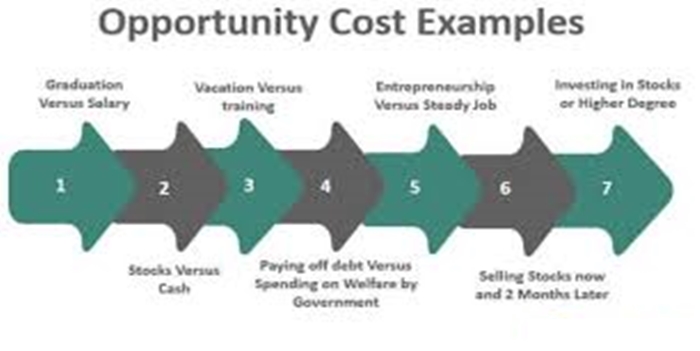
Introduction Opportunity cost represents the value of the next best alternative that is forgone when a decision...
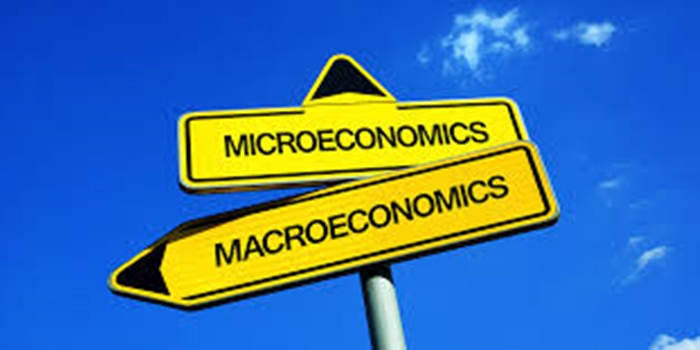
In this article, we discussed micro and macroeconomics, the examples, furthermore we also talked about the different...

In this article, we discussed demand and supply in real life, the factors, the examples, and we...
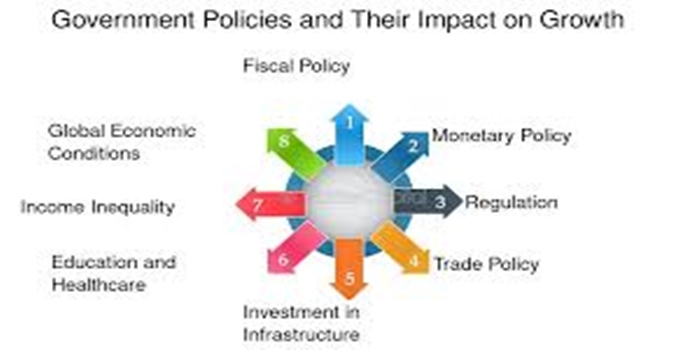
In this article, we explained government policy, the key government policies that affect economic growth and explains...
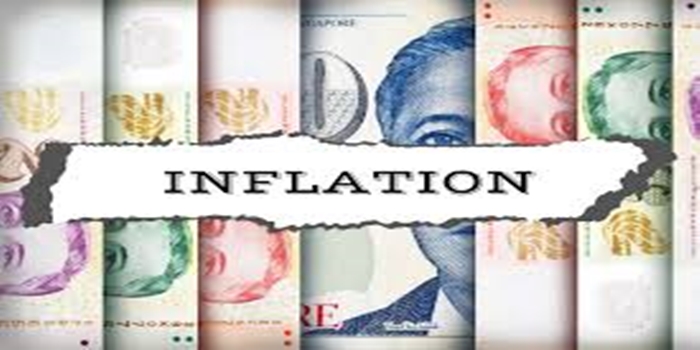
In this article, we discussed inflation, the causes, the effects, the examples, how inflation on measured, we...

In this article, we discussed digital decluttering, the features, the tips, the benefits, we also talked about...

In this article, we discussed parenting, the features of parenting, the examples, the benefits and we also...

In this article, we discussed tech nostalgia, the characteristics, the examples, and why tech nostalgia holds such...